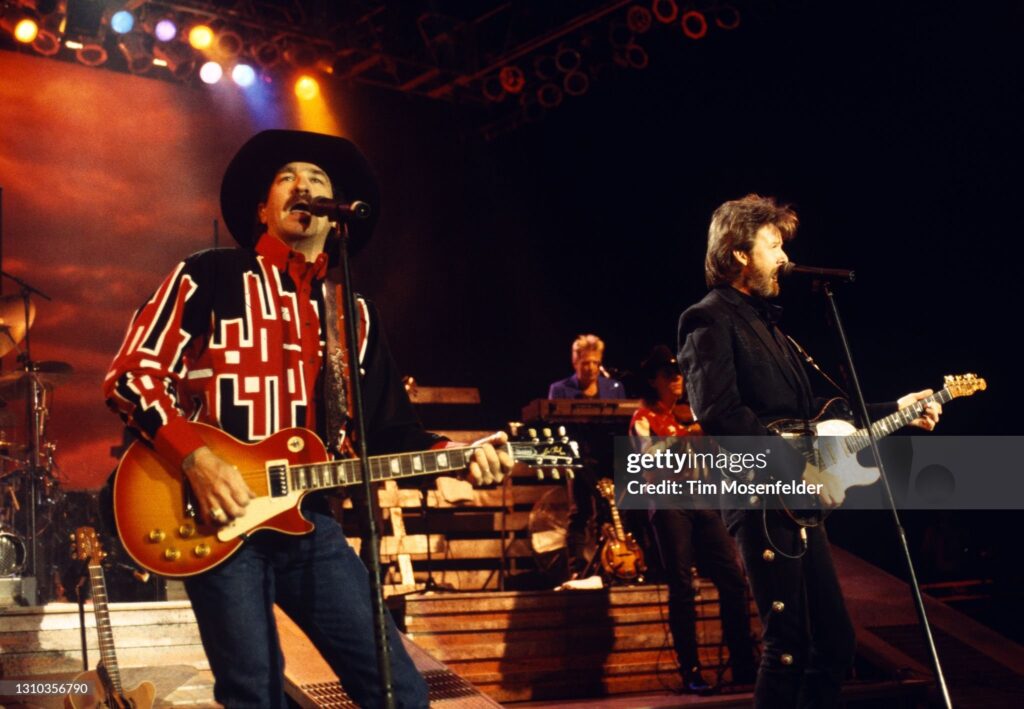
A Lament for Love Lost, Sung Through Smoke and Neon Regret
When Brooks & Dunn released “That Ain’t No Way to Go” in March 1994 as the final single from their sophomore album Hard Workin’ Man, it swiftly found its place in the country canon, climbing to No. 1 on the Billboard Hot Country Singles & Tracks chart. This wasn’t merely a testament to the duo’s commercial prowess but a reflection of how profoundly the song resonated with listeners aching from the familiar sting of unexpected goodbyes.
Written by Kix Brooks, Don Cook, and Ronnie Dunn, “That Ain’t No Way to Go” is country heartache distilled into its purest form—a slow-burning ballad that drips with late-night sorrow and quiet disbelief. While Brooks & Dunn were already celebrated for their honky-tonk anthems and boot-scooting crowd-pleasers, this track exposed a more fragile undercurrent to their musical partnership. It is Dunn’s mournful vocal delivery that anchors the piece, his voice quivering just enough to betray the deep wound left by love’s abrupt departure.
Lyrically, the song unfolds like a letter never sent—achingly intimate, almost accusatory in its quiet devastation. The opening lines—“Lipstick letters across the mirror this morning / Said ‘Goodbye, baby.’ You left with no warning”—establish a jarring emotional scene: not just abandonment, but abandonment rendered cold and impersonal. There is no confrontation, no explanation—only the cruel finality of absence. That stark image of lipstick on glass becomes a symbolic wound, a mark of femininity turned ghostly reminder.
What makes this song endure isn’t just its storytelling—it’s the space between the words, the breathless pauses that stretch between guitar slides and pedal steel sighs. The arrangement is restrained, allowing each note to hang like smoke in a dim barroom air. This sonic minimalism echoes classic heartbreak traditions pioneered by George Jones and Merle Haggard, yet it feels utterly contemporary in its polished melancholy.
In this stripped-down confession, Brooks & Dunn confront one of life’s quieter tragedies: being left without understanding why. There’s no high drama here—no infidelity, no explosive fight—just the silence that follows when someone slips away before dawn. And it’s in that silence where country music often finds its truest voice.
The cultural legacy of “That Ain’t No Way to Go” lies in how effortlessly it bridges traditional country storytelling with modern emotional sensibility. In an era increasingly leaning into crossover gloss, Brooks & Dunn managed to craft something timeless—a song that could’ve played on a dusty jukebox in 1964 or drift across FM waves today without losing any of its plaintive weight.
Some songs are written; others are lived. “That Ain’t No Way to Go” feels lived-in from first chord to final fade—a dirge for what might have been, sung not with anger, but with haunted reverence.